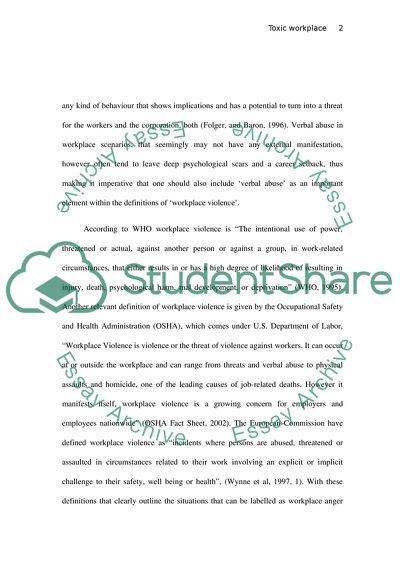Cite this document
(Anger and Violence at the Workplace Coursework Example | Topics and Well Written Essays - 2750 words, n.d.)
Anger and Violence at the Workplace Coursework Example | Topics and Well Written Essays - 2750 words. https://studentshare.org/sociology/1744718-applied-assignment
Anger and Violence at the Workplace Coursework Example | Topics and Well Written Essays - 2750 words. https://studentshare.org/sociology/1744718-applied-assignment
(Anger and Violence at the Workplace Coursework Example | Topics and Well Written Essays - 2750 Words)
Anger and Violence at the Workplace Coursework Example | Topics and Well Written Essays - 2750 Words. https://studentshare.org/sociology/1744718-applied-assignment.
Anger and Violence at the Workplace Coursework Example | Topics and Well Written Essays - 2750 Words. https://studentshare.org/sociology/1744718-applied-assignment.
“Anger and Violence at the Workplace Coursework Example | Topics and Well Written Essays - 2750 Words”. https://studentshare.org/sociology/1744718-applied-assignment.


